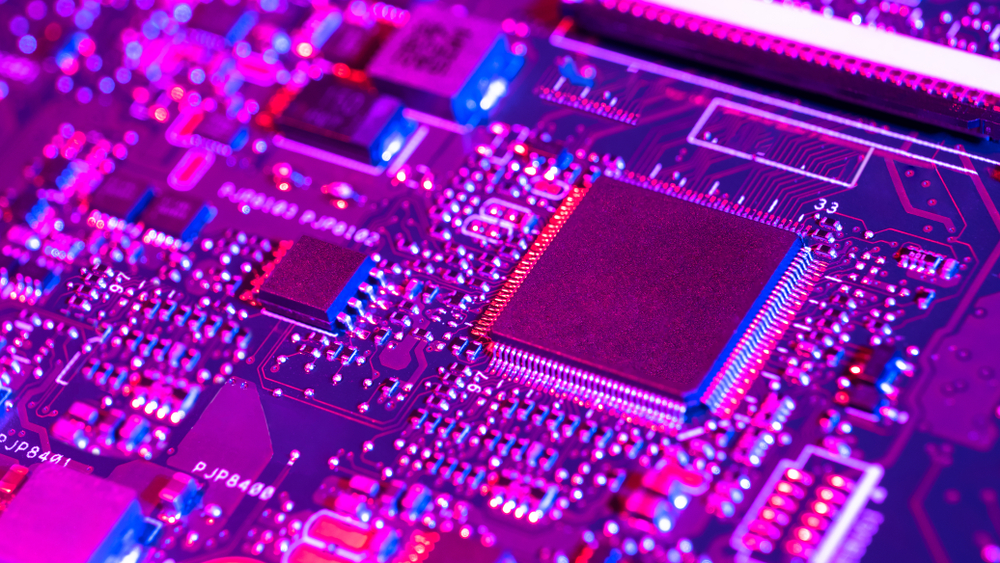ARM Cortex-A57 and A53 vs Cortex A8, A9, A15 and A7: a performance analysis
Here's the lowdown on ARM's newly announced A53 and A57 64-bit cores and how they may compare to their peers in the future


ARM has announced its first 64-bit processor offerings, the high-end Cortex-A57 (which will replace the A15) and the Cortex-A53 (which supersedes the A7).
Given that we have yet to see the first Cortex-A15 and Cortex-A7 devices on the market, it is highly probable that we won’t see hardware based on the A57 and the A53 until 2014, at the very least.
During a presentation by ARM's European VP of Strategy, Ian Drew, a slide showing the relative peak performances of the contemporary ARM cores was displayed, one which gives us an insight into what can be expected from future ARM architectures.
What we already know
According to ARM's slide, jumping from a Cortex A8 (65nm) to a Cortex A8 (45nm) will improve relative performance by about 70-75 per cent, thanks to massive increase in clock speed from 600MHz to 1GHz.
Jumping to a dual Cortex-A9 configuration increased the relative performance by around 2.5x compared to the 45nm Cortex-A8. Taking a closer look, we can trace this evolution to three factors: the doubling of cores, a 25 per cent increase in DMIPS performance, and a lower node potentially resulting in the higher clock speed. Yet moving to a 32nm quad-core Cortex-A9 set-up (like the Exynos 4 Quad found on the Galaxy S3) boosts performance by some 25 per cent, a surprising low improvement that we fail to explain.
However, swapping the A9s for two A15s and two A7s nearly doubles the performance at equivalent core count. The A7 is 50 per cent more powerful than the A8, while the A15 is 40 per cent more powerful than the A9. A smaller manufacturing process means that an increase in clock speed is also expected. The A15 is expected to run at up to 2.5GHz while the A7 will run at clock speeds higher than 1GHz on 28nm.
The second generation Cortex-A57 and Cortex-A53 will add another 50 per cent performance increase on a 20nm node, with 16nm and 14nm geometries thought to be in the pipeline. Casting an eye forward, that would almost certainly entail another bump in processing speeds.
So, compared to a 600MHz Cortex A8 (similar to the Exynos 3110 found in the Apple iPhone 3GS, launched in June 2009) etched on a 65nm processor, a 20nm quad-core A57/A53 combo will perform 16.5x faster, while consuming around 30 per cent more energy. But like we said earlier, the first products featuring this turbo-charged architecture aren't expected until 2014, roughly five years after the first Cortex-A8 products appeared.
Performance gains
ARM didn’t post any disclaimer in the presentation deck and we’re almost convinced that the figures were not obtained at constant speeds, so it should be noted that our performance estimates are purely theoretical.
Performance gains on the A57 and A53, the company disclosed yesterday, were down to improvements in the SIMD engine and architecture with a wider pipeline, as well as improvements in the way data is handled in cache.
In other words, expect a bigger performance delta between existing 32-bit products and 64-bit offerings once 64-bit codebase has successfully evolved into the mainstream in a few years' time.
Get the ITPro daily newsletter
Sign up today and you will receive a free copy of our Future Focus 2025 report - the leading guidance on AI, cybersecurity and other IT challenges as per 700+ senior executives
Désiré has been musing and writing about technology during a career spanning four decades. He dabbled in website builders and web hosting when DHTML and frames were in vogue and started narrating about the impact of technology on society just before the start of the Y2K hysteria at the turn of the last millennium.
Then followed a weekly tech column in a local business magazine in Mauritius, a late night tech radio programme called Clicplus and a freelancing gig at the now-defunct Theinquirer, with Mike Magee as mentor. After an eight-year stint at ITProPortal.com, where he discovered the joys of global techfests and transformed the publication into one of the biggest tech B2B independent publishers, Désiré moved to TechRadar Pro where he has been the editor for nine years.
He has an affinity for anything hardware and staunchly refuses to stop writing reviews of obscure products or cover niche B2B software-as-a-service providers. He is an avid deal hunter and can be found lurking around on various deals forums.
-
 Bigger salaries, more burnout: Is the CISO role in crisis?
Bigger salaries, more burnout: Is the CISO role in crisis?In-depth CISOs are more stressed than ever before – but why is this and what can be done?
By Kate O'Flaherty Published
-
 Cheap cyber crime kits can be bought on the dark web for less than $25
Cheap cyber crime kits can be bought on the dark web for less than $25News Research from NordVPN shows phishing kits are now widely available on the dark web and via messaging apps like Telegram, and are often selling for less than $25.
By Emma Woollacott Published